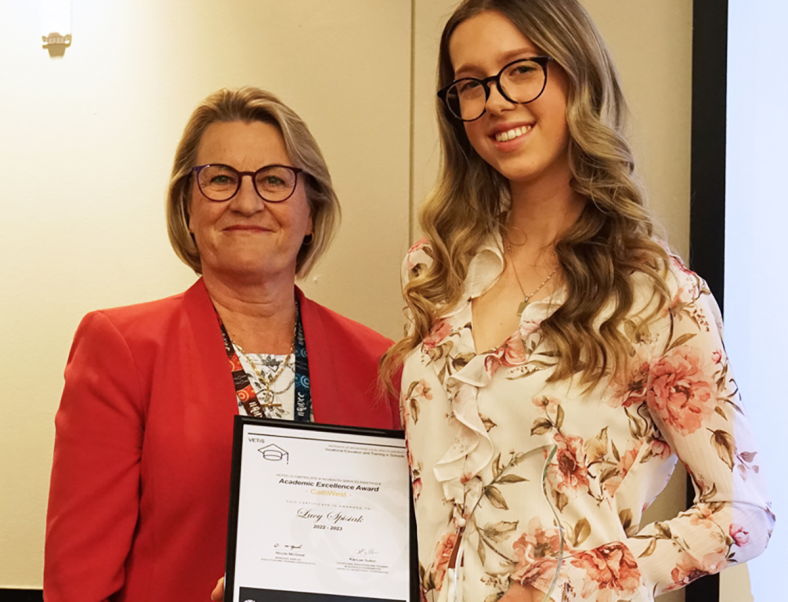There are 723 COVID-19 cases in hospital in Victoria – with 23 active cases in ICU, including 7 on a ventilator, and an additional 14 cleared cases in ICU.
6,325,722 vaccine doses have been administered by Victoria’s state-commissioned services.
69.3 per cent of Victorians aged 16 and over have had 3 doses of a COVID-19 vaccine. 94.7 per cent of Victorians aged 12 and over have had 2 doses.
8,785 new cases of COVID-19 were recorded yesterday. This includes 6,512 who tested positive on a rapid antigen test and 2,273 who returned a positive result on a PCR test.
Sadly, the Department was notified of 9 deaths yesterday of people aged in their 50s, 60s, 70s, 80s and 90s. The total number of COVID-related deaths in Victoria since the pandemic began is 4,689. The number of COVID-related deaths recorded in Victoria so far this year is 3,078.
The Victorian Department of Health regularly undertakes reviews and audits of the State’s reported deaths to ensure the accuracy of our COVID-19 mortality figures.
The Victorian Department of Health is formally notified of deaths of people known to have COVID-19 via a number of different sources, including the Victorian Death Index, VICNISS (Victorian Hospital Acquired Infection Surveillance System), the Victorian Institute of Forensic Medicine and local public health units. The department updates its confirmed death statistics daily.
There are 52,515 active cases in Victoria. The number of active cases in Victoria continues to decline from a recent peak of 71,428 recorded on 23 July.
15,041 PCR tests were processed yesterday. The total number of PCR tests performed in Victoria since the pandemic began is 21,897,985.
Updates
General access to rapid antigen tests
Rapid antigen tests (RATs) are a quick and accurate way to test for the virus that causes COVID-19. RATs continue to detect the current variants circulating in Victoria.
Rapid antigen testing kits continue to be offered for free at state-run testing sites.
Anyone with symptoms or considered a close contact of someone with COVID-19 can collect a free pack of five RATs.
Free RATs are being distributed to staff and students through schools and early childhood centres throughout Term 3 and 4.
When to use rapid antigen tests
It is important to repeat rapid antigen tests over several days to increase the chance of detecting COVID-19 infection if you are symptomatic or a close or social contact.
Early on in a COVID-19 infection when virus levels are still low, the virus may not be detectable by rapid antigen test and you may initially test negative before testing positive once virus levels are higher. During this time, you may still be infectious, especially if you have symptoms or are a close or social contact.
If you have developed symptoms of an acute respiratory infection, it is important to remain home while unwell, even if you test negative for COVID-19.
If you are a close contact and test negative for COVID-19, it is still essential to wear a mask indoors when outside your home, to not visit hospitals or care facilities, to continue RAT surveillance testing throughout your close contact period and to notify your employer or education facility that you are a close contact.
Symptomatic individuals at high risk of severe disease that have tested negative on a rapid antigen test should undergo a PCR test to ensure they are able to access effective treatment early.








